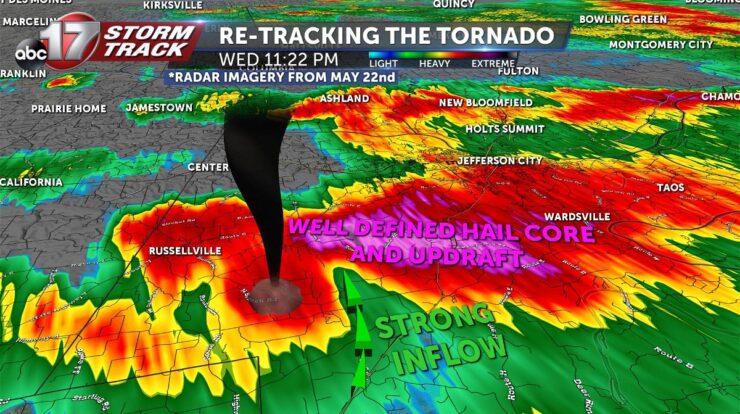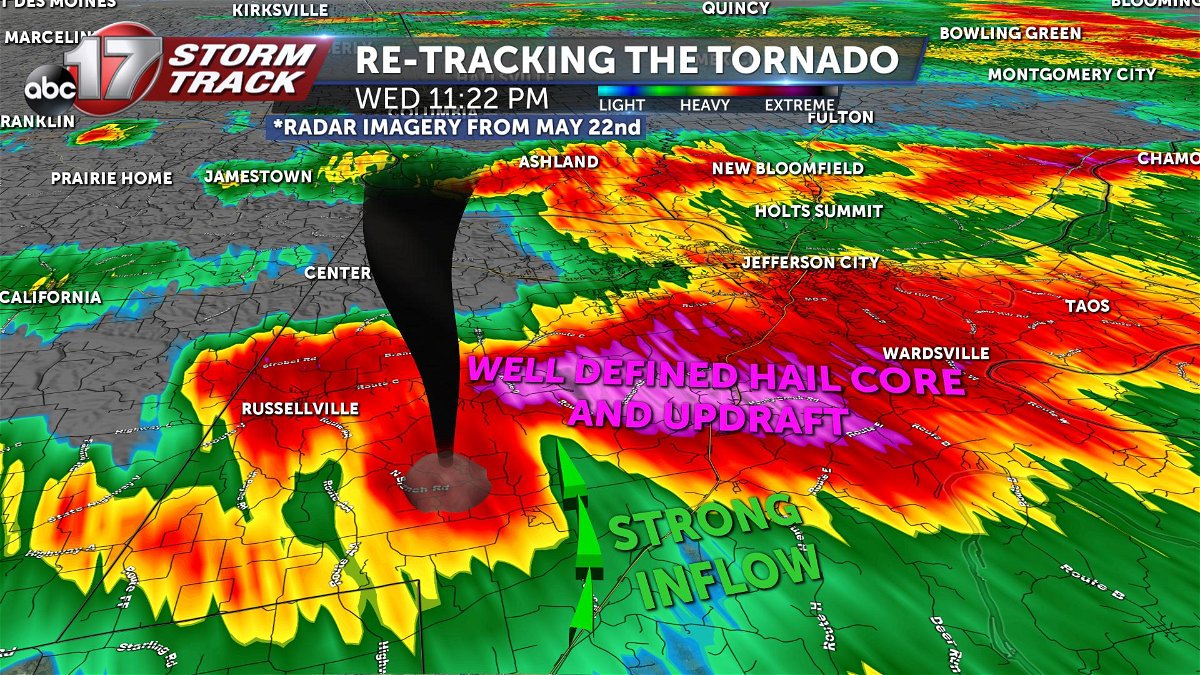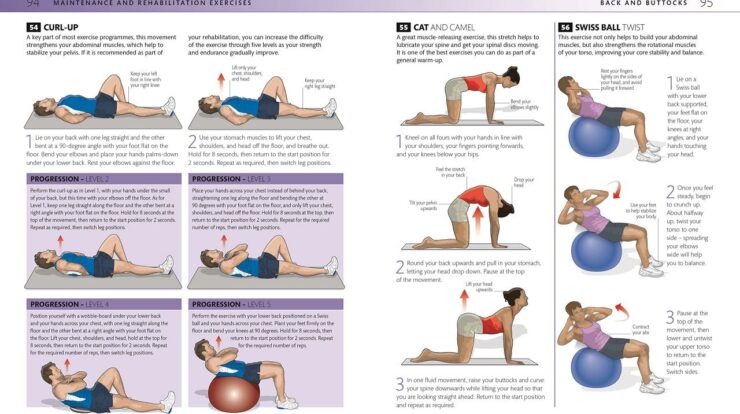
Unleashing the power of Tornado Tracker, we embark on a captivating journey into the realm of nature’s most formidable force. From unraveling the intricacies of warning systems to delving into the latest scientific advancements, this exploration unveils the enigmatic world of tornadoes, empowering us with knowledge and resilience.
As we navigate the complexities of tornado forecasting, safety measures, and historical accounts, we uncover the profound impact these twisters have had on our society. Tornado Tracker stands as an invaluable tool, providing crucial insights and empowering us to face the challenges posed by these meteorological marvels.
Tornado Warning System: Tornado Tracker
A tornado warning system is a network of sensors and communication systems that are designed to provide early warning of tornadoes. The purpose of a tornado warning system is to give people enough time to take shelter and avoid injury or death.
There are different types of tornado warning systems available. Some systems use Doppler radar to detect tornadoes, while others use a combination of radar and other sensors, such as wind speed and direction sensors.
Tornado warning systems have been used to save lives. For example, in 2011, a tornado warning system in Alabama gave people enough time to take shelter before a tornado struck. The tornado killed 25 people, but it is estimated that the warning system saved hundreds of lives.
Tornado Safety
There are a number of things you can do to stay safe during a tornado. First, you should have a tornado safety plan. Your plan should include a place to go if a tornado warning is issued, as well as a way to stay informed about weather conditions.
If you are caught in a tornado, the most important thing to do is to find shelter. If you are in a building, go to the lowest level and find a windowless room. If you are outside, lie down in a ditch or other low-lying area and cover your head with your hands.
Tornado Forecasting
Tornadoes are forecasted using a variety of methods. One method is to use Doppler radar to track the movement of storms. Another method is to use computer models to simulate the development of storms.
There are different types of tornado forecasts available. Some forecasts are issued by the National Weather Service, while others are issued by private companies.
The accuracy of tornado forecasts has improved in recent years. However, it is still not possible to predict exactly when and where a tornado will occur.
Tornado Research
Tornado research is important for understanding how tornadoes form and how to predict them. Scientists are conducting a variety of research projects to learn more about tornadoes.
One type of tornado research is observational research. This research involves collecting data on tornadoes, such as their size, speed, and duration. Another type of tornado research is modeling research. This research involves using computer models to simulate the development of tornadoes.
Tornado research has led to a number of important findings. For example, scientists have learned that tornadoes are caused by the interaction of warm, moist air with cold, dry air.
Tornado Climatology
Tornado climatology is the study of the distribution of tornadoes over time and space. Scientists use tornado climatology to identify the areas that are most at risk for tornadoes.
The factors that affect tornado formation include wind shear, instability, and moisture. Wind shear is the difference in wind speed and direction between two levels of the atmosphere. Instability is a measure of how easily air can rise in the atmosphere.
Moisture is the amount of water vapor in the air.
The areas that are most at risk for tornadoes are the Great Plains of the United States, the southeastern United States, and the central and eastern regions of Argentina.
Tornado History

Tornadoes have been occurring for centuries. The earliest recorded tornado occurred in China in 685 AD.
Some of the most significant tornadoes in history include the Tri-State Tornado of 1925, the Great Natchez Tornado of 1840, and the Joplin Tornado of 2011.
Tornadoes have had a significant impact on society. They have caused widespread damage and loss of life.
Tornado Media Coverage
The media plays an important role in covering tornadoes. The media can help to educate the public about tornadoes and provide information about how to stay safe during a tornado.
Effective tornado media coverage includes providing accurate and timely information, as well as clear and concise instructions on what to do during a tornado.
Last Recap
In the face of nature’s wrath, Tornado Tracker emerges as a beacon of knowledge and preparedness. Its comprehensive insights into tornado behavior, forecasting, and safety empower us to navigate these formidable forces with greater confidence. As we continue to unravel the mysteries of tornadoes, Tornado Tracker remains an indispensable ally, safeguarding our communities and fostering a deeper understanding of the natural world.
Helpful Answers
What is the purpose of a tornado warning system?
Tornado warning systems are designed to provide timely alerts to communities at risk, enabling them to take immediate action and seek shelter.
What are the different types of tornado forecasts available?
Tornado forecasts range from short-term warnings issued minutes before a tornado strikes to long-term outlooks predicting the likelihood of tornado activity in a specific region.
How can I stay safe during a tornado?
Seek shelter in a sturdy building, preferably below ground level. Stay away from windows and exterior walls, and cover yourself with blankets or pillows for protection.





